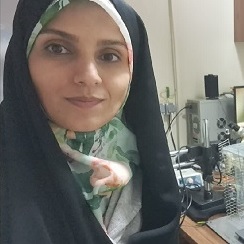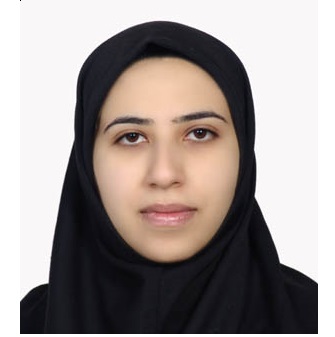Significance
 Vocal communication is a fundamental aspect of language, enabling social interactions, information exchange, and complex behaviors among individuals. It is a crucial tool for building social bonds, coordinating group activities,
and conveying information about the environment, including food sources, predators, and social hierarchies.
However, the neural mechanisms underlying vocal perception and learning remain largely unknown.
Songbirds, such as the zebra finch (Taeniopygia guttata), stand out as exceptional models for investigating these
questions due to their diverse but simple vocal repertoire and remarkable ability to learn songs from tutors in a
manner akin to human speech acquisition. Studying these amazing creatures can provide valuable insights into the
neurobiology of vocal communication, shedding light on the neural pathways that enable animals to learn complex
auditory patterns and use them for social interactions and information exchange.
Vocal communication is a fundamental aspect of language, enabling social interactions, information exchange, and complex behaviors among individuals. It is a crucial tool for building social bonds, coordinating group activities,
and conveying information about the environment, including food sources, predators, and social hierarchies.
However, the neural mechanisms underlying vocal perception and learning remain largely unknown.
Songbirds, such as the zebra finch (Taeniopygia guttata), stand out as exceptional models for investigating these
questions due to their diverse but simple vocal repertoire and remarkable ability to learn songs from tutors in a
manner akin to human speech acquisition. Studying these amazing creatures can provide valuable insights into the
neurobiology of vocal communication, shedding light on the neural pathways that enable animals to learn complex
auditory patterns and use them for social interactions and information exchange.
Surprisingly humans and songbirds share common similarities in their song systems.
This is wonderful since they proceed through different evolutionary pathways. However, this similarity
helps to understand the human vocal system, memory, and sensorimotor integration by studying songbirds.
Furthermore, studying and identification of brain nuclei involved in vocal-motor activities in songbirds
provide insights for neuroscientists to find cure methods for speech disorders and even language.
 Understanding the vocal behavior of songbirds is a very fascinating research area. The strategy for learning the songs
from their tutors, uniqueness of songs within some species, having dialects within colonies, and critical periods for birds
being able to learn to sing are examples of interesting questions studying these vocal behaviors. Knowing the meaning of their songs and calls,
possibility of changing the meaning of their vocalizations through generations, ability to teach the newly ascribed meaning to their
vocalizations socially and even communicating with them using their language are some interesting experiments targeting these subjects.
These experiments are done in our lab with the aid of machine-learning tools and online song-processing systems.
Understanding the vocal behavior of songbirds is a very fascinating research area. The strategy for learning the songs
from their tutors, uniqueness of songs within some species, having dialects within colonies, and critical periods for birds
being able to learn to sing are examples of interesting questions studying these vocal behaviors. Knowing the meaning of their songs and calls,
possibility of changing the meaning of their vocalizations through generations, ability to teach the newly ascribed meaning to their
vocalizations socially and even communicating with them using their language are some interesting experiments targeting these subjects.
These experiments are done in our lab with the aid of machine-learning tools and online song-processing systems.
 Currently, in our lab, we aim to discover the neural correlates for vocal perception in zebra finches.
We employ electrophysiological acute recording techniques to gather spiking and local field potential (LFP) data
from these birds. To facilitate this, we have developed a customized surgery protocol and tools necessary for neural recording
and data analysis. Our research focus is to analyze the neural responses of different brain regions to a diverse
range of auditory stimuli. In an experiment, we recorded the neural response of an anesthetized male zebra finch from its HVC area
to three different stimuli: the bird’s own song (BOS), pure tones, and white noise.
Interestingly, we observed that the two units in this recording responded differently to each stimulus.
Moreover, we also noted distinct LFP responses to each stimulus. An example of the results is presented below.
Currently, in our lab, we aim to discover the neural correlates for vocal perception in zebra finches.
We employ electrophysiological acute recording techniques to gather spiking and local field potential (LFP) data
from these birds. To facilitate this, we have developed a customized surgery protocol and tools necessary for neural recording
and data analysis. Our research focus is to analyze the neural responses of different brain regions to a diverse
range of auditory stimuli. In an experiment, we recorded the neural response of an anesthetized male zebra finch from its HVC area
to three different stimuli: the bird’s own song (BOS), pure tones, and white noise.
Interestingly, we observed that the two units in this recording responded differently to each stimulus.
Moreover, we also noted distinct LFP responses to each stimulus. An example of the results is presented below.















